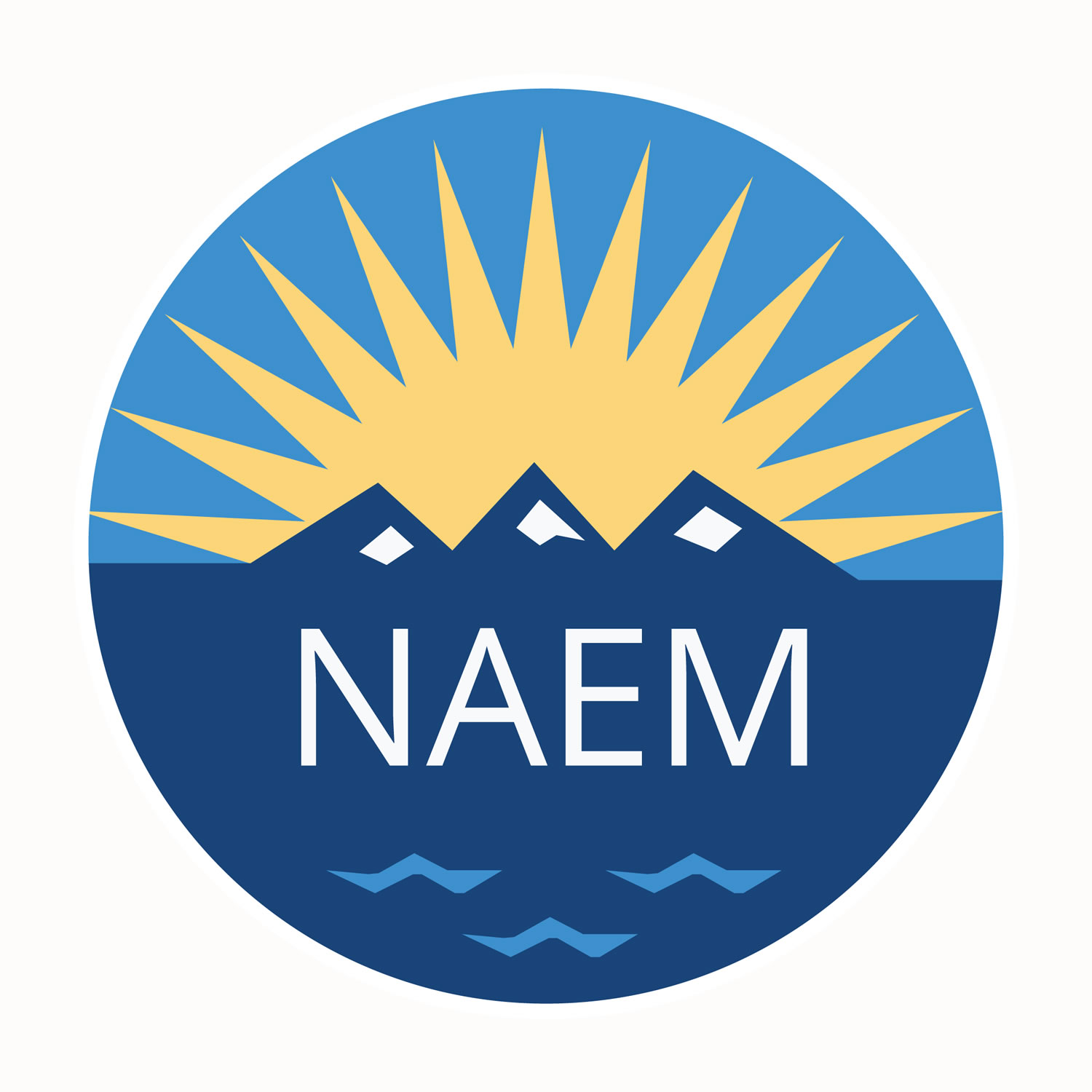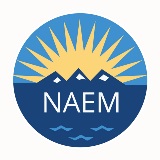Employee Participation Makes EHS Risk Management Culture Tough as Steel

NAEM: Thanks for taking the time to chat with us. To kick us off, could you share the types of risks that are most prevalent within your operations?
MS: Charter Steel is the largest division of Charter Manufacturing Company, and within the steel industry, there's almost any environmental issue you can think of. So anything from air quality to radiation protection to hazardous and solid waste management, through any number of water quality programs, so we've got it all.
NAEM: How do you embed risk management into day-to-day operations?
MS: For us, it really starts with culture. Within Charter Steel, we have 1200 employees across six facilities, and we have a culture that is really focused on employee engagement. We really challenge our employees to get involved in environmental health and safety, as well as quality, cost control and process management. When we think about building that culture, it really comes down to how do we engage our employees in things that are meaningful to them? If that's a safety issue that's some risk in their job, they're encouraged to bring that forward. Same thing on the environmental side. So that's the start of it. From a communications standpoint, we focused a fair amount in the last couple of years on top-down commitments, so we worked on an environmental health and safety policy and then we've also done a number of communications around that. We also try to start most meetings especially at the operations level with some type of a safety topic so that people are always thinking about safety.
NAEM: What are some of the specific strategies that have brought success to your program?
MS: One where we really try to engage employees is in training. In each of our operations, we have a team, composed of people who have some interest or passion around environmental or safety. We really challenge those teams to be the face of these concerns, and one of the things that they do is to develop training. They bring their perspective to 'What are the things that I think that I need to know about?' or 'What do I think my peers are curious about?' So our training program starts with those environmental and safety teams in developing topics in cooperation with EHS staff, but then we're also challenging either those teams or the front-line shift supervisors to present that information on a monthly basis. That's one area where we've tried to engage people in identifying risks and then training each other in what those risks are and how they're being managed.
Another area where we get employees involved is in identifying EHS risks. If you're identifying environmental aspects, are you just tasking your environmental engineer in doing that? Or are you trying to engage a group of people in talking through it? And we try to get people engaged in working through risk assessments, or failure analysis. A lot of times it would just be easier to get your EHS staff to sit down and do that (it takes less time, they're certainly the subject matter experts), but I have certainly found value over the years in getting people involved in those discussions, even though it sometimes does slow down the process. That's something else I think is important. Everybody's EHS staffs are always busier than they want to be, so it can be difficult to say, 'I'm going to take the time to build into the cultural aspect of this', but I think if you don't do that, you're never going to get that engagement.
NAEM: How do you measure the success of your program?
MS: Just last week we had an ISO 14001 and OHSAS 18001 audit with a registrar, and some of the comments the auditors heard from employees were the things that we know they're being taught in training. For instance, we encourage employees to feel like they're empowered to stop a job or shut down a process if they feel that there's an unacceptable safety risk and we heard that come through in those audit results.
Beyond that, we have a preventative and corrective action web tool, where we track our corrective actions but our employees are also encouraged to use that if they have a suggestion. So if an employee is doing a job right now and he thinks to himself, 'You know what? This would be safer or more environmentally safe if I had this tool, or if I had this change to the process,' they can immediately go online and submit that as a suggestion within their plant. And we see that fairly frequently. We've tried to raise that awareness over the past couple of years that we don't want employees to just do a job and think, 'Well, this could be safer' or 'This could be done in a better way from an environmental standpoint' we want them to let someone know. And I think that culture seems to be taking hold as well.
NAEM: Any advice for those who are looking to develop a strong culture?
MS: For me, it starts with a commitment. It needs to be something that the organization decides that it wants. And that can start with the CEO or it can start with the EHS manager, but it has to start somewhere, and people have to build momentum around it. But then I think beyond that, I think it's a lot of charting out a strategy and saying, 'This is where we're going to start' and we're going to start getting people involved in this issue and this issue and if that works, we're going to build on it. And over time, you really build engagement.
To hear Matt Schroeder talk more about how he uses LEAN tools and engages employees in root cause investigations, join NAEM for the 2016 EHS Compliance Conference, May 11-12 in Cincinnati.
Topics:
Health & Safety
Related
About the Author

NAEM Staff
The National Association for Environmental, Health and Safety, and Sustainability (EHS&S) Management (NAEM) empowers corporate leaders to advance environmental stewardship, create safe and healthy workplaces and promote global sustainability. As the
leading business community for EHS&S decision-makers, we provide engaging forums, a curated network, peer benchmarking, research insights and tools for solving today’s corporate EHS&S management challenges. Visit us online at naem.org.

